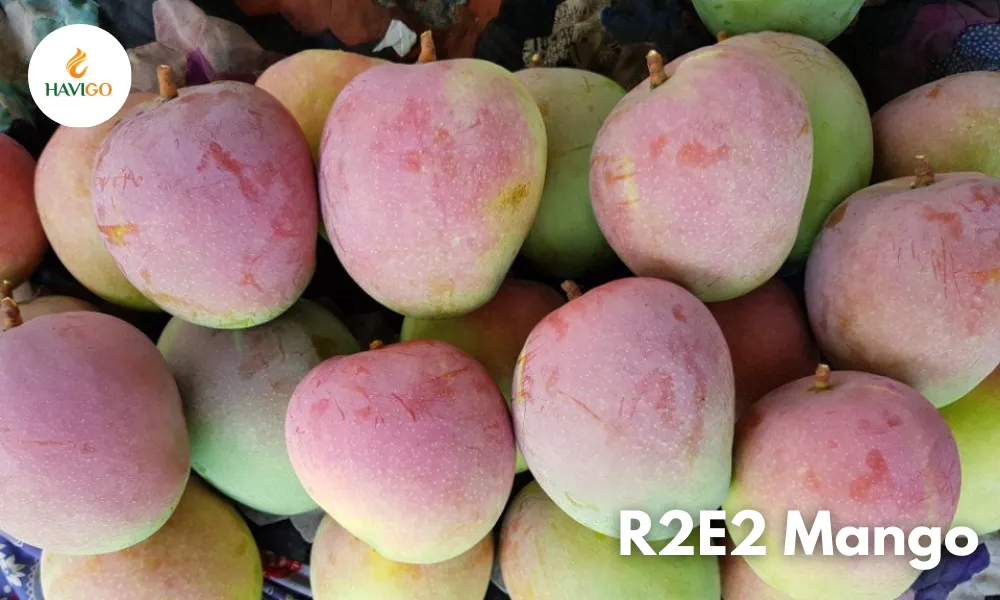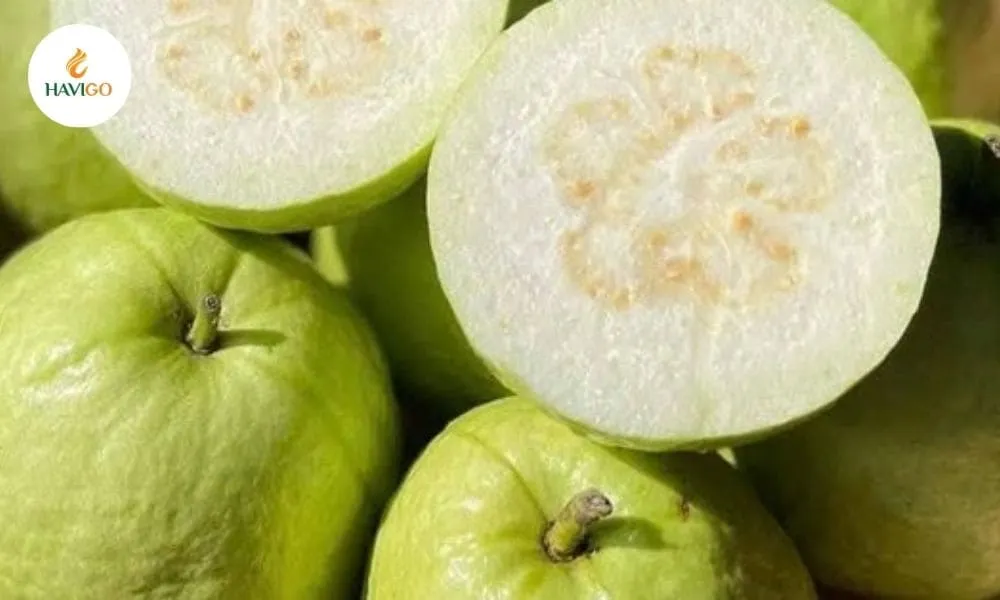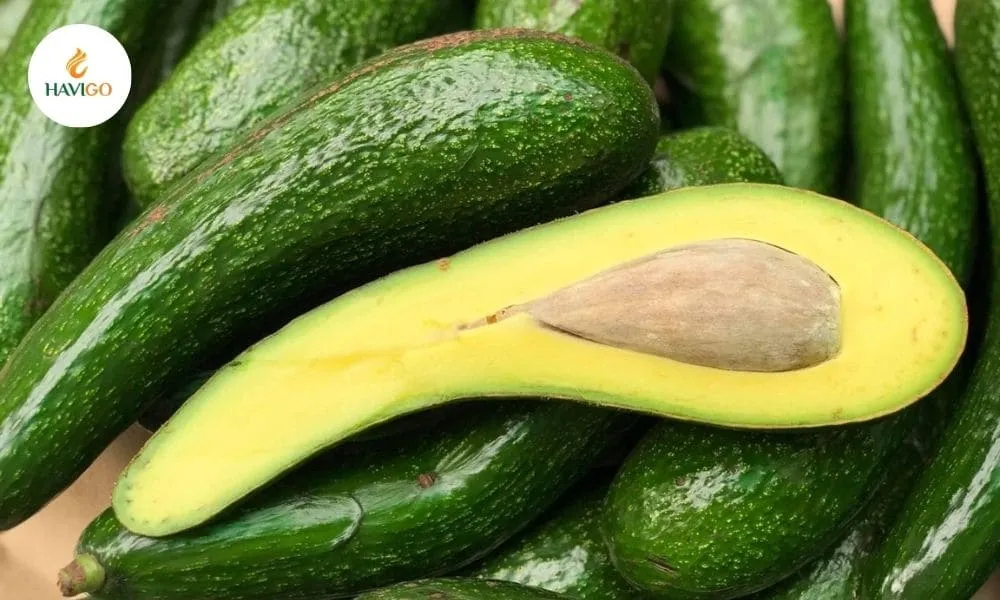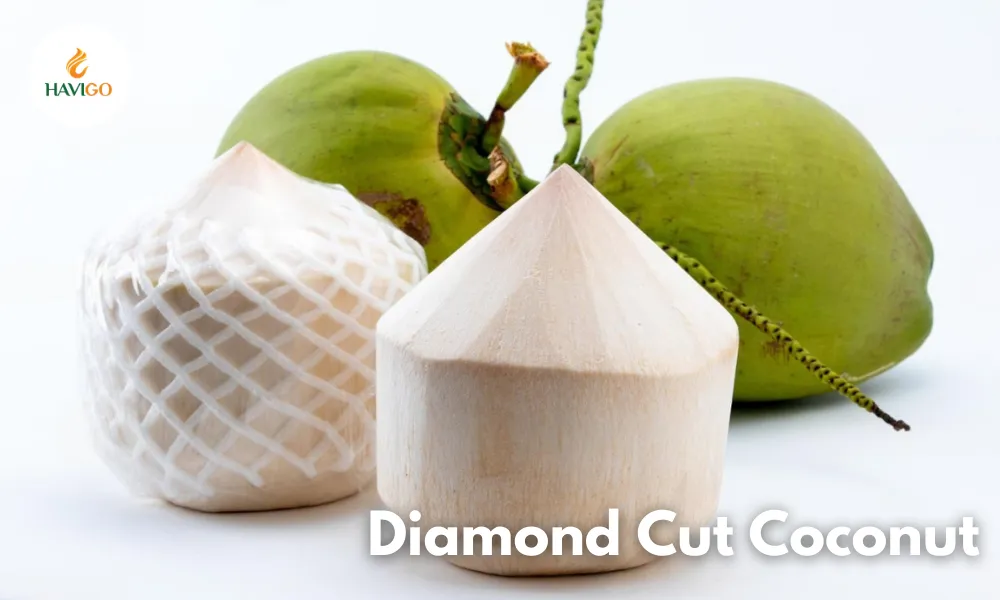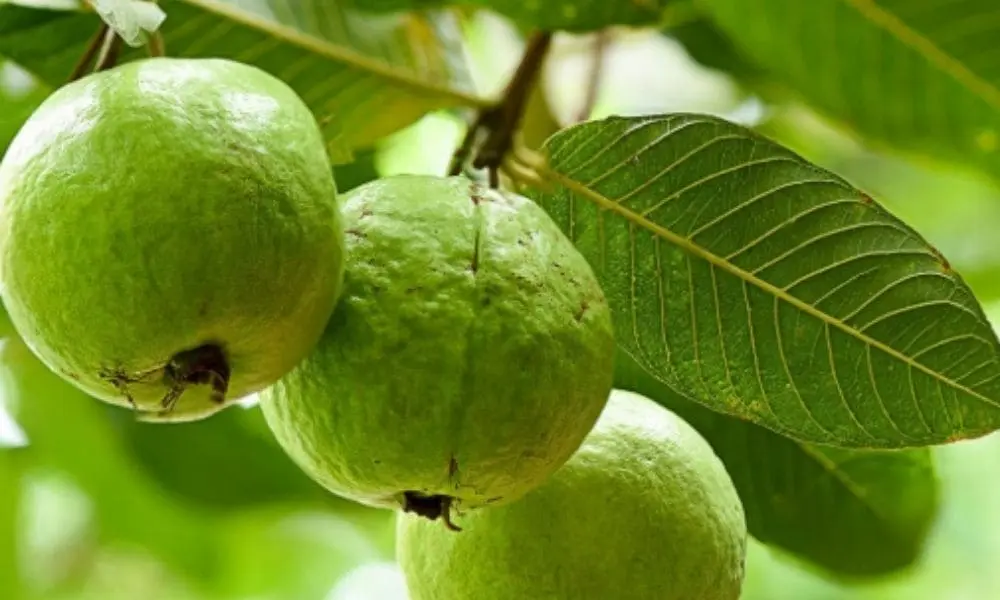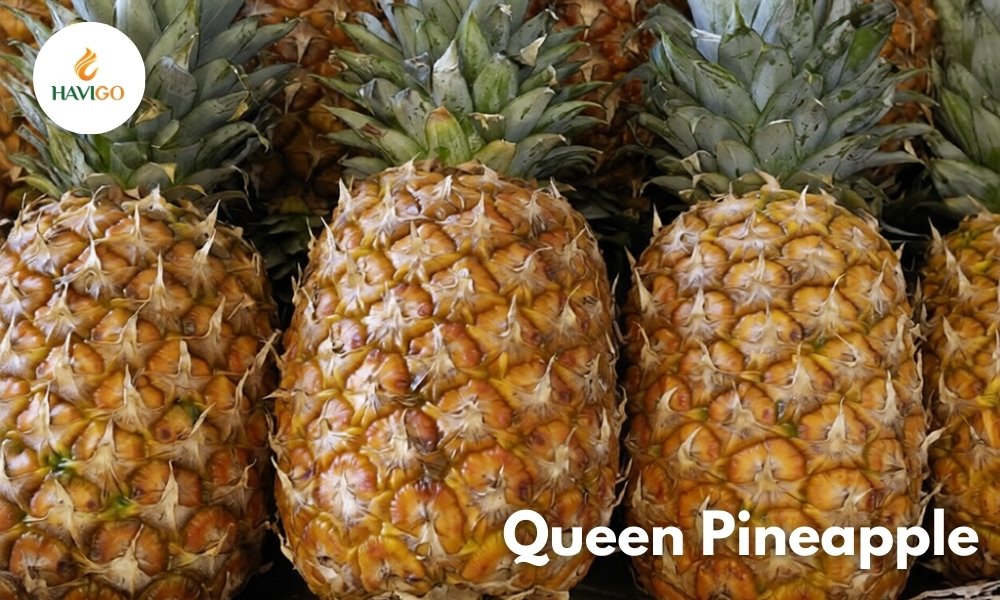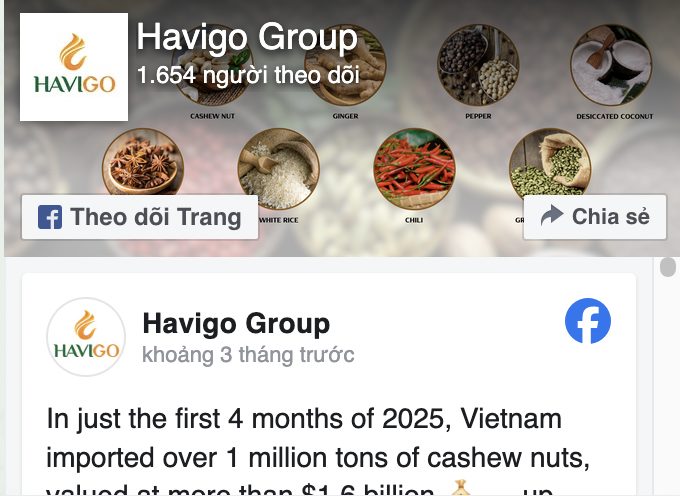In general, citrus fruits are famous for their vibrant colors and tangy flavors and have been loved by humans for centuries. These juicy fruits are not only delicious but also contain essential nutrients that benefit our health. In this post, we’ll discover the world of citrus fruits, exploring types, nutritional benefits, cultivation, and culinary uses.
1. Beyond Oranges – Other types of Citrus Fruits
The citrus family has a diverse range of fruits, each with its unique characteristics. Some of the most popular citrus fruits include:
Oranges: Oranges are round, known for their bright orange color and sweet, juicy flesh. The peel is leathery and dotted with small glands that release a fragrant oil. People often eat oranges fresh, make juice, or use them in various culinary creations.
Lemons: Lemons are small, yellow fruits with a sour, tart taste. People often use them in cooking and baking to add a tangy flavor and acidity.

Grapefruits: Grapefruits are large, round citrus fruits with a slightly bitter, tart taste. Grapefruits come in various colors, including pink, white, and ruby red.
Limes: Limes are smaller than lemons with a bright green color, limes have a more intense, citrusy flavor. They have a very tart, acidic taste. People often use them in cooking and cocktails. One unique kind of this fruit is seedless lime. Nowadays, seedless limes is a good product to export due to its convenience and flavor.
Tangerines: Tangerines are small, orange citrus fruits with a sweet, juicy flavor. They have easy-to-peel skin. Tangerines are a popular snack and people often enjoy them during the winter months.
2. Nutritional benefits
People often know that these fruits are a good source of Vitamin C due to their sour flavor. However, citrus fruits are full of essential other minerals, including:
- Vitamin C: This powerful antioxidant helps boost immunity and promotes healthy skin.
- Potassium: Essential for maintaining healthy blood pressure and heart function.
- Folate: Important for cell growth and development, especially during pregnancy.
- Antioxidants: These fruits contain antioxidants that help protect cells from damage.
3. Cultivation and culinary uses
Cultivation of citrus trees
Citrus trees thrive in warm, subtropical climates. The cultivation involves planting citrus seedlings, pruning the trees to encourage fruit production, and protecting them from pests and diseases. Farmers harvest fruits typically by hand, and then they process and package the fruits for distribution.

Culinary uses
Citrus fruits are versatile ingredients that people can enjoy in various ways:
- Fresh consumption: Oranges, grapefruits, and tangerines are delicious when eating. Each fruit has its unique shape, smell and taste.
- Juices and beverages: Citrus juices, such as orange juice, lime juice and lemonade, are popular refreshing drinks.
- Cooking and baking: Citrus zest and juice can add a bright flavor to dishes like marinades, sauces, and desserts.
Conclusion
The citrus fruits family includes many fruits members, with various shapes. However, they still have a common point of tangy taste and full of Vitamin C. Besides, citrus fruits are not only delicious but also provide numerous health benefits. That’s why people all over the world love these fruits!
Havigo Company Limited operates in the field of agricultural export. We wish to bring high-quality Vietnamese agricultural products such as spices, rice, beans, and fruits… to the world. We supply you with high-quality products at the best price. If you find interested in importing Seedless Limes from Vietnam, don’t hesitate to get in touch with us for better support via WhatsApp: +84 979 58 58 56.




